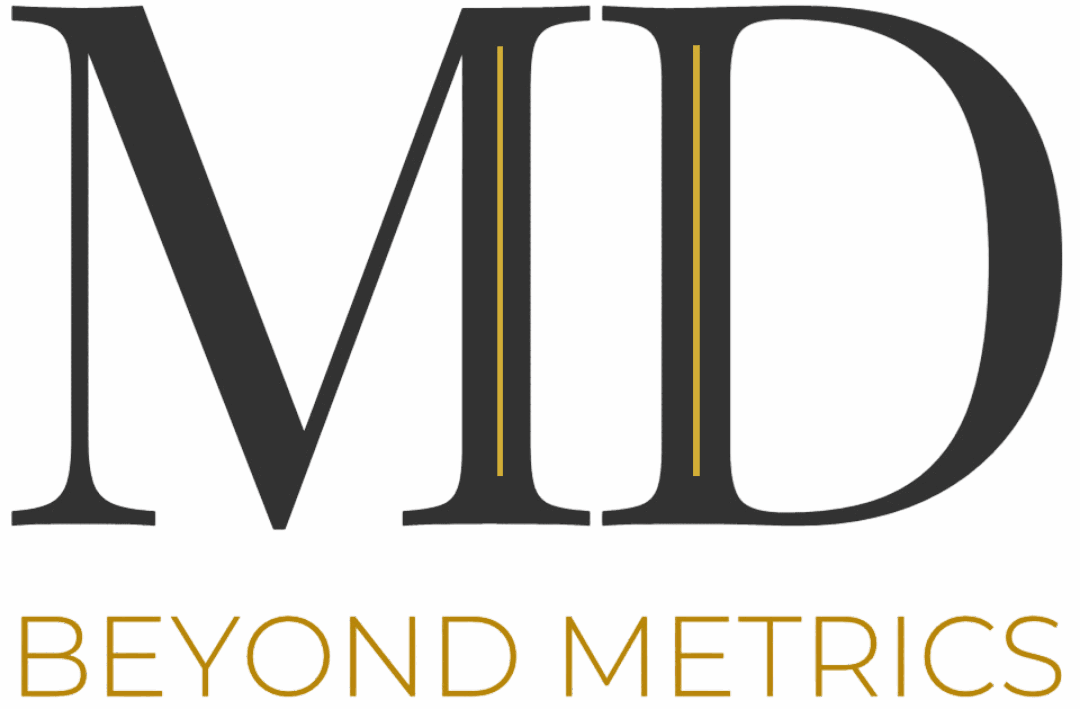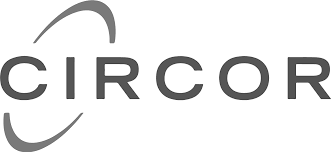Understanding Working Capital and Its Role in Business Success
Working capital is the lifeblood of any business. It represents the difference between a company’s current assets and current liabilities. Essentially, it measures the liquidity available to a business for day-to-day operations.
Key Components of Working Capital
- Current Assets: Cash, accounts receivable, inventory, prepaid expenses, and other assets expected to be converted into cash within 12 months.
- Current Liabilities: Accounts payable, short-term debts, taxes payable, accrued expenses, and other obligations due within the same period.
Understanding how these components interact provides invaluable insights into a company’s short-term financial health and operational efficiency.
Why Managing Working Capital Matters
Effective working capital management helps ensure a business can meet its short-term obligations without unnecessary stress or reliance on external financing. It allows for smoother operations, better supplier relationships, and the ability to seize growth opportunities.
Core Strategies in Working Capital Management
- Optimizing cash flow through better receivables collection and payables management.
- Reducing excess inventory and minimizing idle assets.
- Aligning short-term liabilities with the company’s cash flow cycles.
- Monitoring relevant financial ratios to guide decision-making.
Essential Ratios and Metrics
While ratios like the current ratio are widely used, focusing on specific metrics can unlock targeted improvements. These include:
- Working Capital Ratio: Current Assets – Current Liabilities
- Collection Ratio: Effectiveness of receivables collections
- Inventory Turnover: How efficiently inventory is managed and replenished
Industry-Specific Examples
Manufacturers may focus heavily on inventory turnover to avoid stockouts and excessive stockpiling, whereas service providers might prioritize receivables collection to maintain liquidity. Customizing working capital strategies based on industry particulars can significantly improve financial stability.
Addressing Insufficient Working Capital
- Improve assets: Better inventory management, faster receivables collection.
- Increase liquidity: Short-term borrowing or issuing trade credit.
- Adjust operations: Streamline expenses or extend payment terms with suppliers.
Some organizations may even consider strategic short-term debt to cover temporary gaps, provided they have a clear plan for repayment and growth.
Long-Term Working Capital Strategies
Beyond day-to-day management, developing a comprehensive working capital policy is crucial. This includes setting target levels for current assets and liabilities, and implementing policies to maintain these levels through economic cycles.
The Role of Technology and Financial Tools
Technology can vastly improve working capital management. Automated cash flow forecasting, inventory systems, and financial dashboards allow for proactive decision-making and timely adjustments.
For practical tools on financial statement analysis and better managing working capital components, explore our financial dashboard excel templates.
Sample Working Capital Management Checklist
| Action Item | Purpose | Examples |
|---|---|---|
| Review current ratios monthly | Assess liquidity position | Calculate current ratio, quick ratio |
| Optimize receivables collection | Speed up cash inflow | Implement early payment discounts |
| Manage inventory levels | Reduce excess stock | Implement just-in-time inventory |
| Negotiate payables terms | Extend payment periods | Bulk discounts, early payment penalties |
Applying this structured approach allows you to maintain an optimal working capital balance and stay prepared for financial fluctuations.
Explore More to Boost Your Financial Strategy
Deepen your understanding and refine your working capital management strategies with resources designed for business professionals. Access our comprehensive financial statements templates to support your analysis and planning.
Start enhancing your working capital management today by integrating tailored strategies and leveraging cutting-edge tools. For a complete solution, explore the business strategy bundle to complement your financial management practices.






























